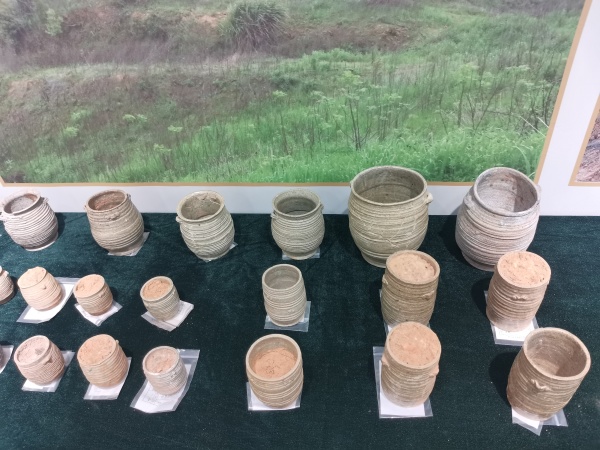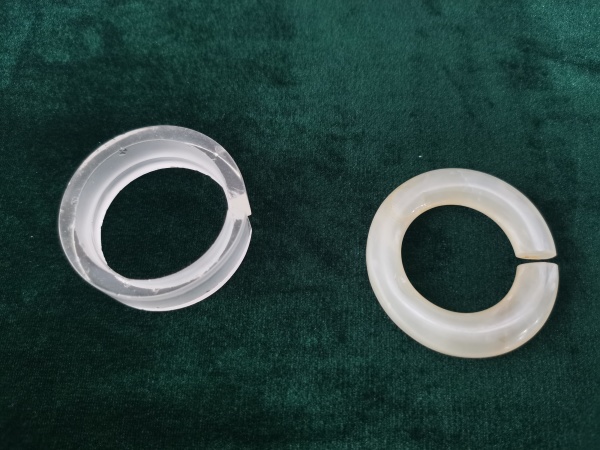After three years of intense study, archaeologists have preliminarily determined that a tomb complex discovered in Zhejiang province is likely the royal cemetery of an ancient kingdom known as“Gumie,” dating backnearly 3,000 years ago.
Located in Qujiang district, Quzhou city, the tomb complex, which can be traced back to theWestern Zhou Dynasty (1046-771 B.C.), has yielded fascinating secrets from the distant past.
Among the 10 discovered tombs, six have been excavated, including four with numerous exquisite jade ware, porcelain, bronzeware, and bronze chariots.
The four tombs have a large number of groundbreaking and record-setting findings, such as the China’s earliest herringbone wooden coffin structure found in the Mengjiang No. 1 Mound.
In the Miaoshanjiantu Mound, archaeologists found bronze chariots and horses from the Western Zhou Dynasty, marking the first discovery of this kind in Zhejiang province.
At 70 meters in diameter, theMengjiang No. 3 Mound is the largest tomb from the time period discovered in Zhejiang province. Moreover, over 200 sets of cultural relics have been unearthed from the mound, with the exquisite proto porcelain becoming the most popular.
According to Wang Wei, a researcher at the Chinese Academy of Social Sciences, the discoveries are of great significance to the studies of jade inheritance, the origin of porcelain, and the development of the funeral system.
Yang Jianwu, director of the provincial cultural relics bureau, said relevant departments will use the highest grade protection measures for tombs discovered in the province.

Part of theproto porcelain unearthed from the Mengjiang No. 3 Mound in Yunxi township, Zhejiang province. [Photo/Xinhua]

Part of the jade Jue-rings unearthed from the Mengjiang No. 1 Mound in Yunxi township, Zhejiang province. [Photo/Xinhua]